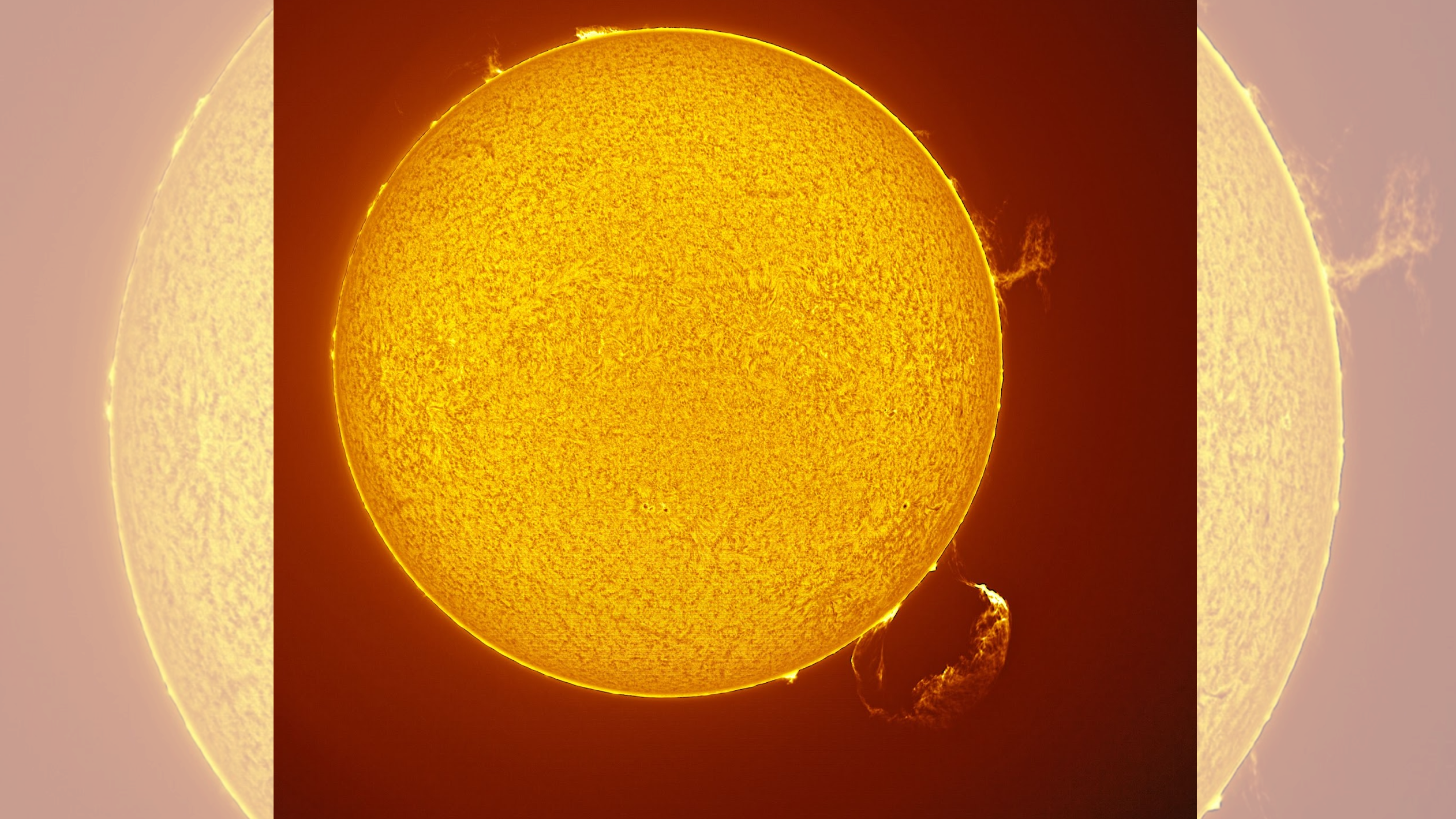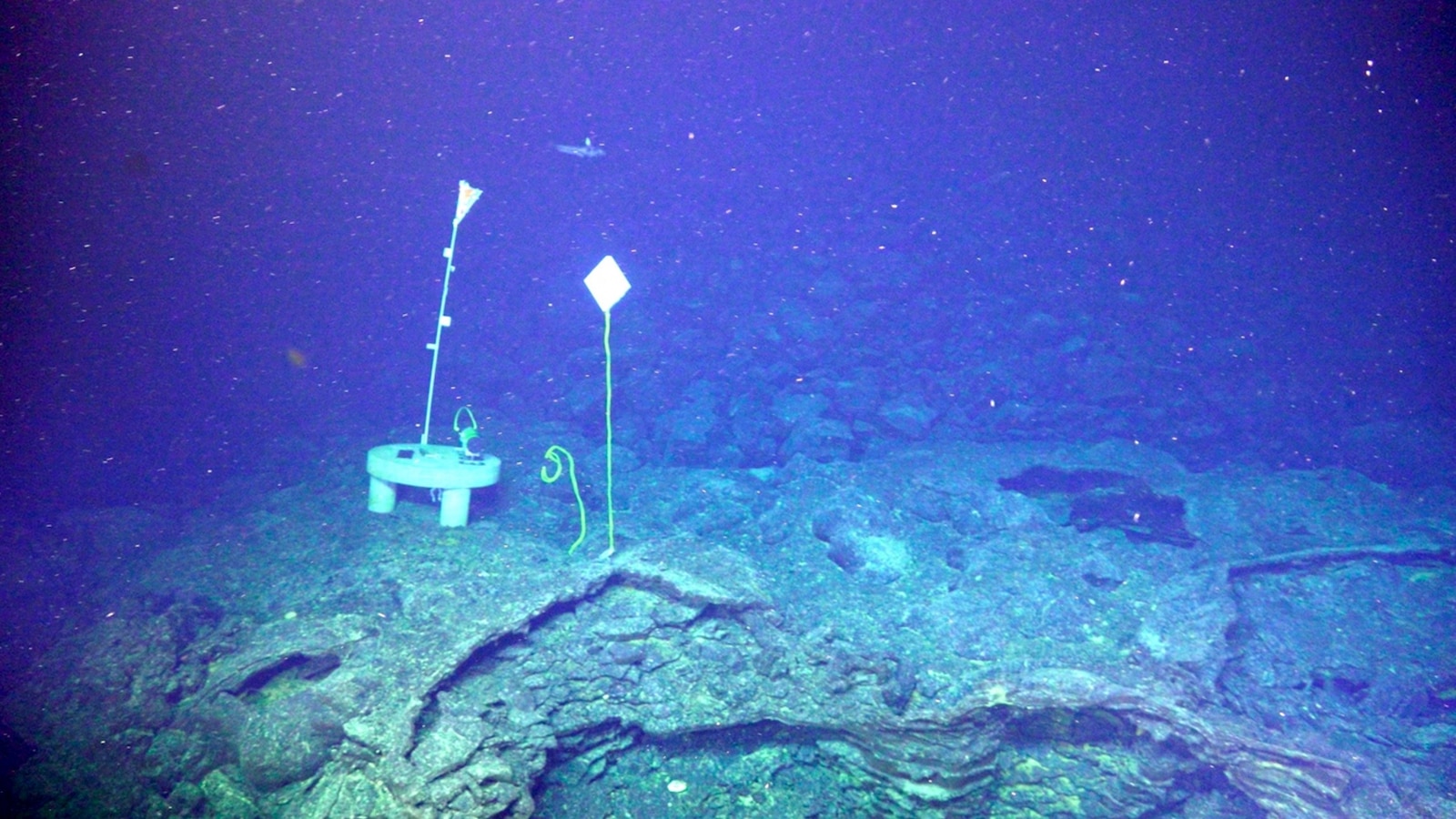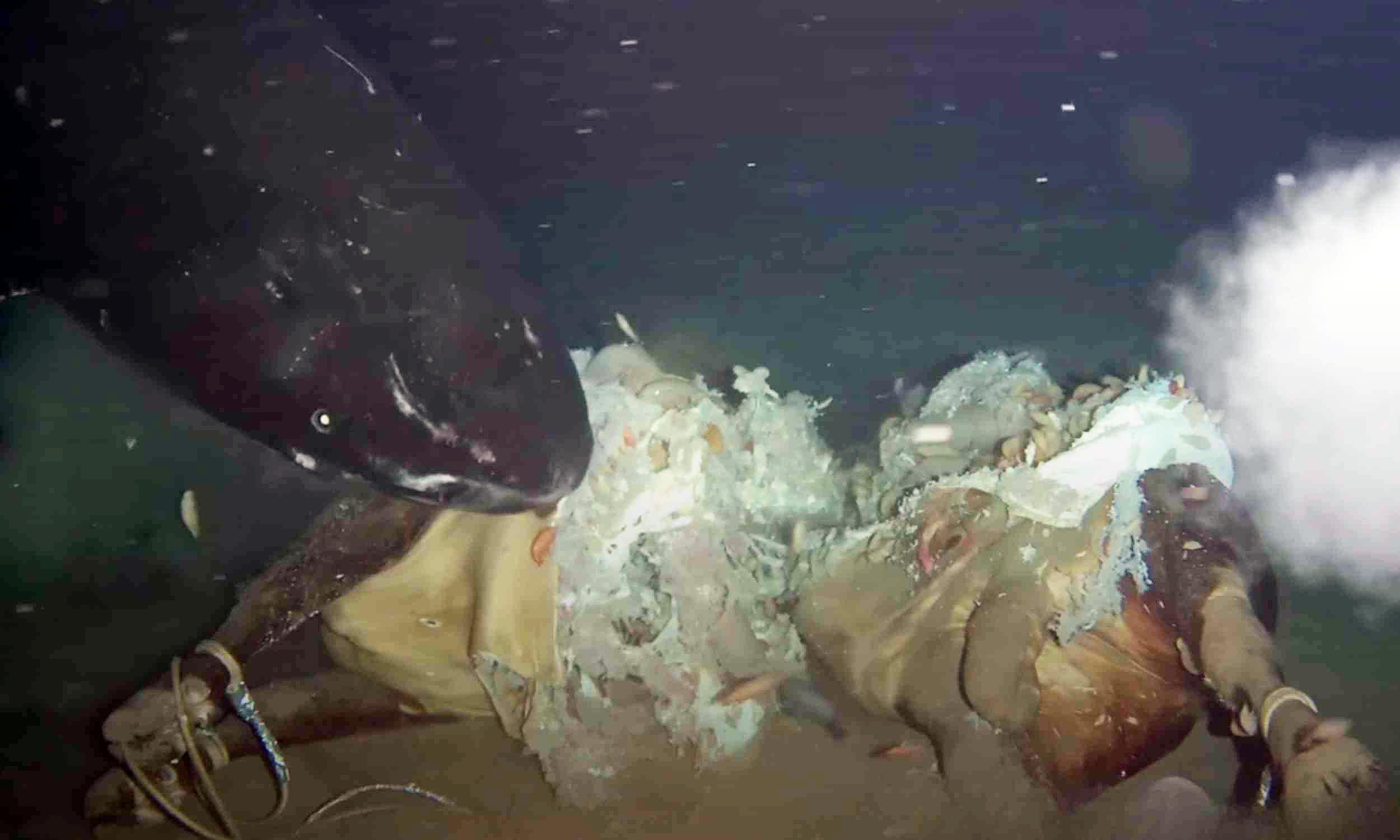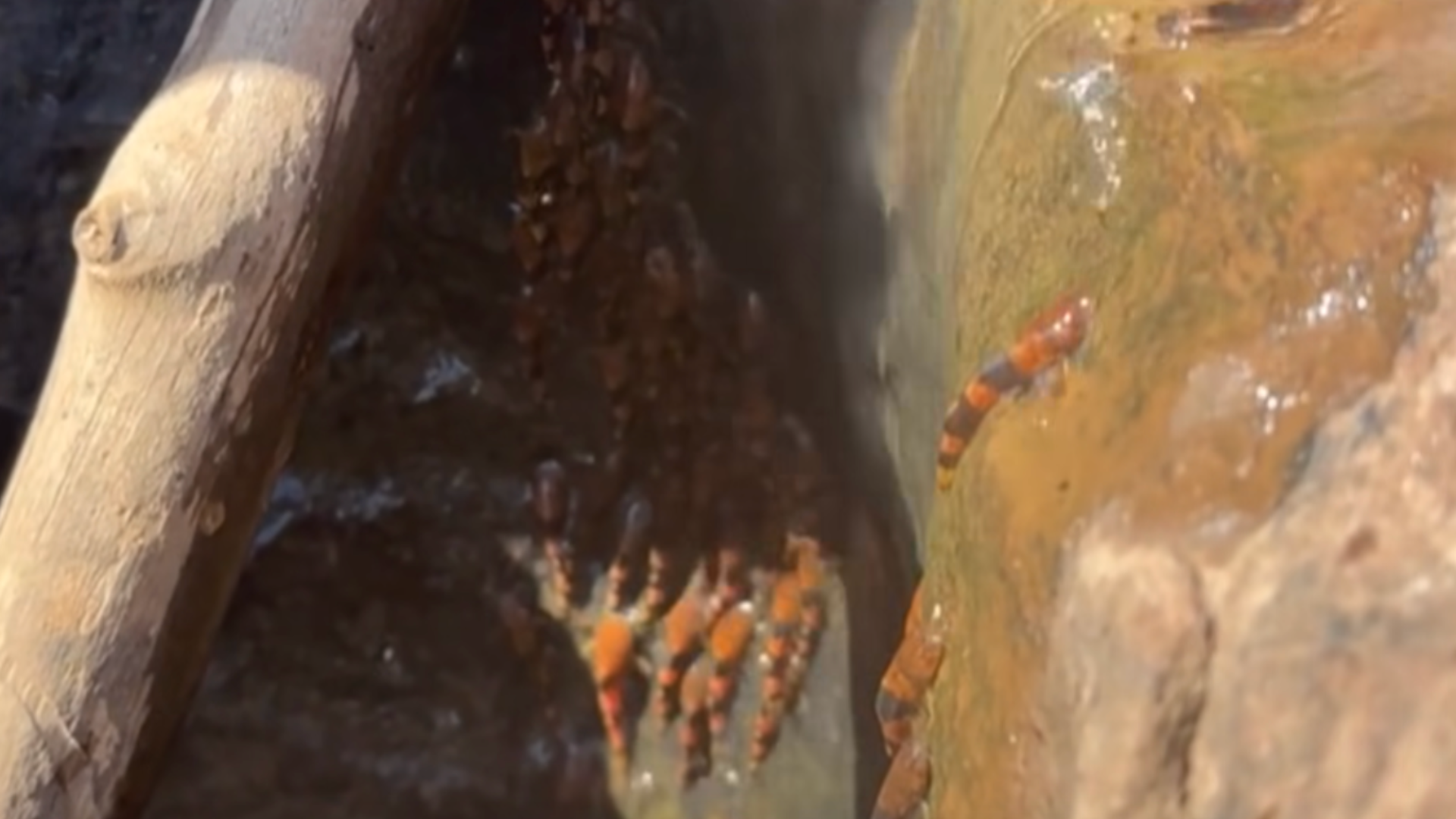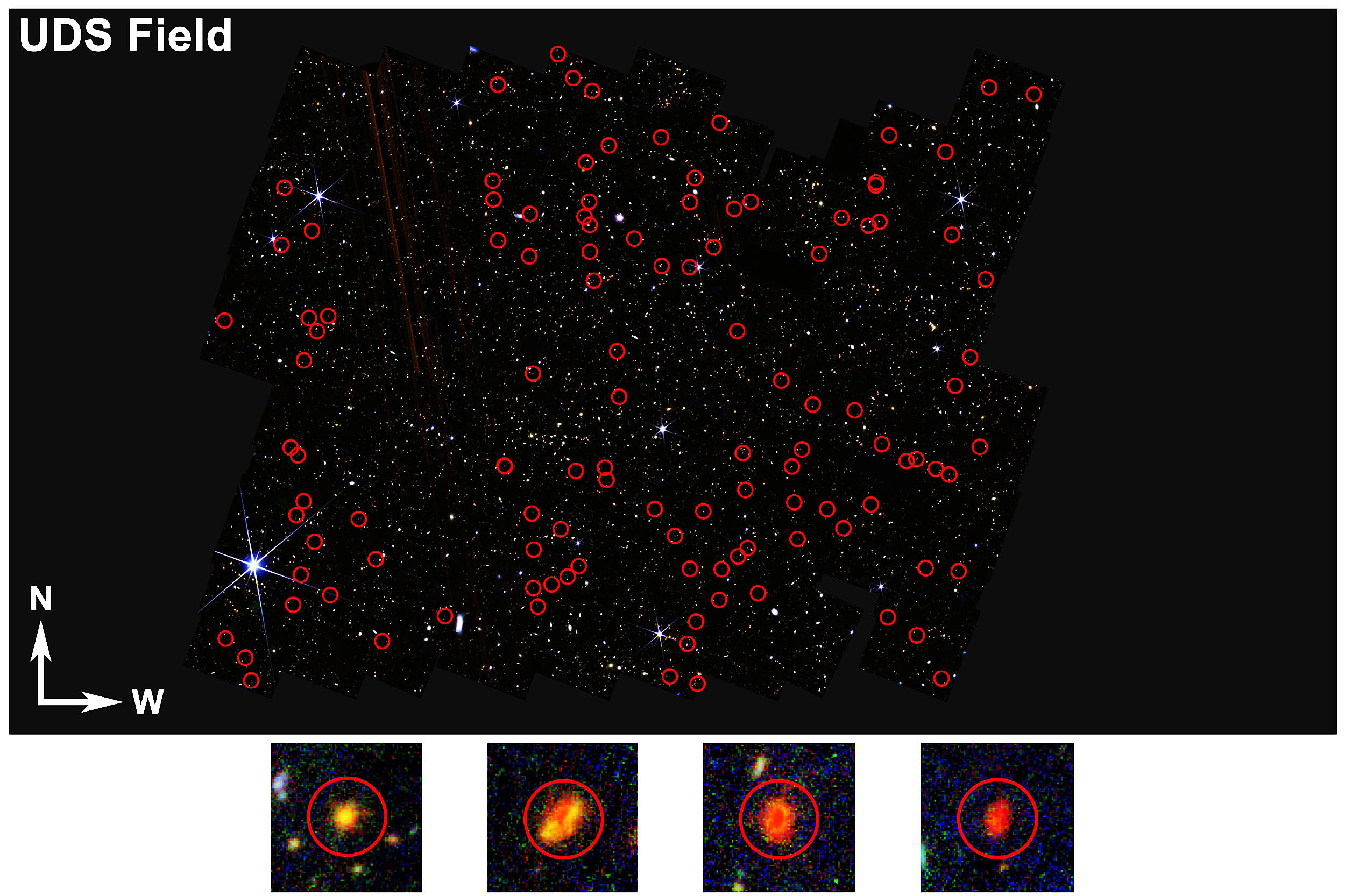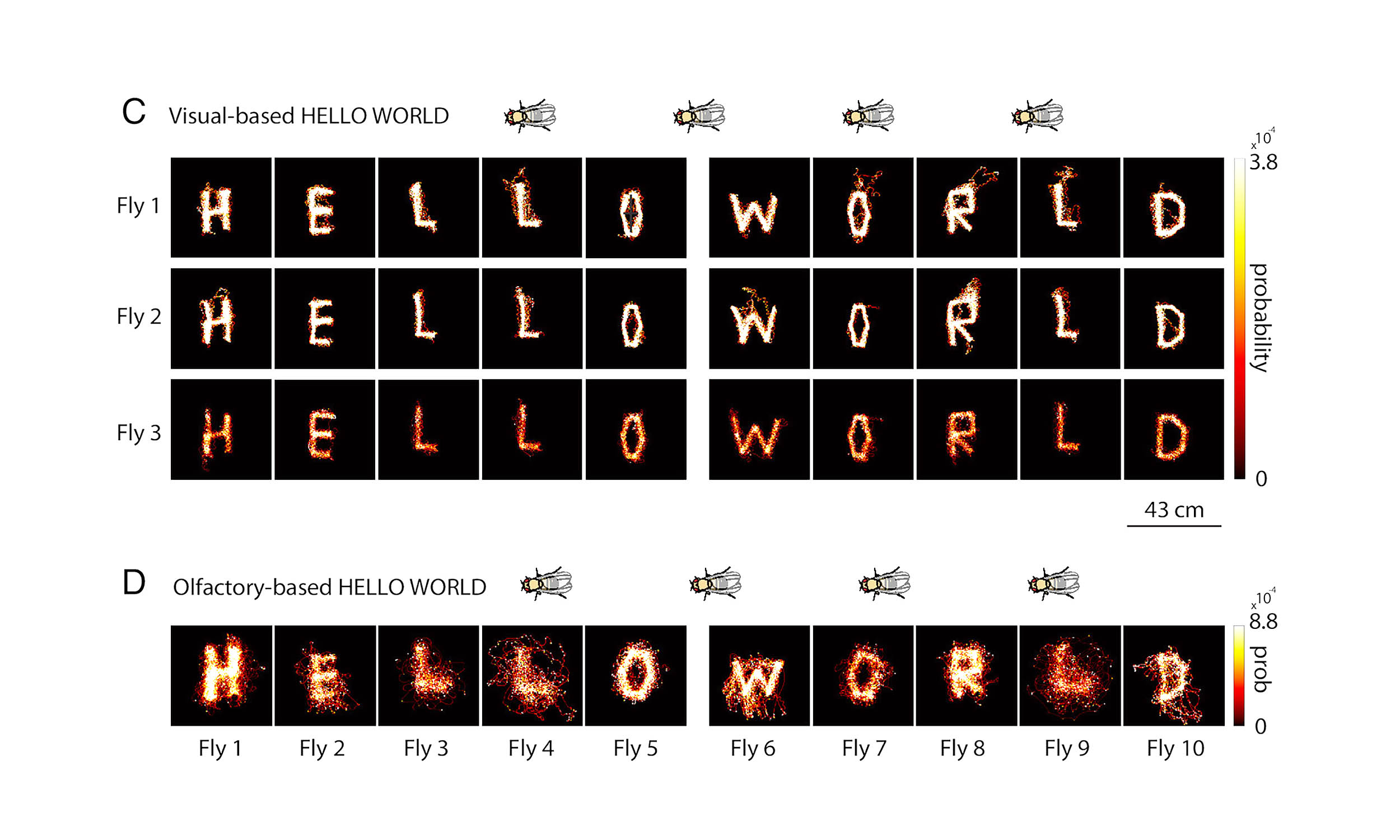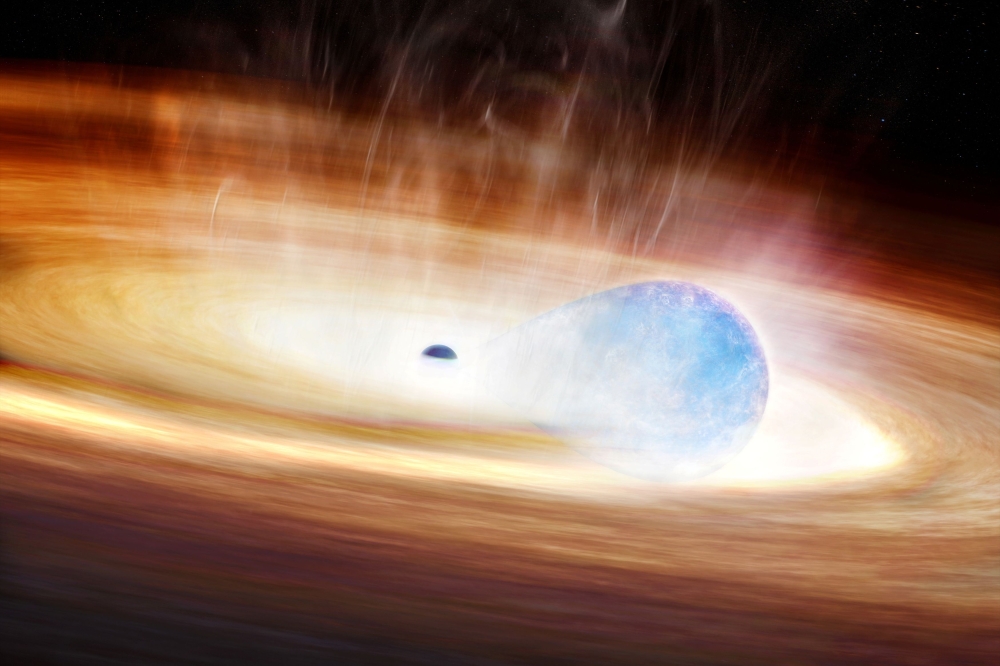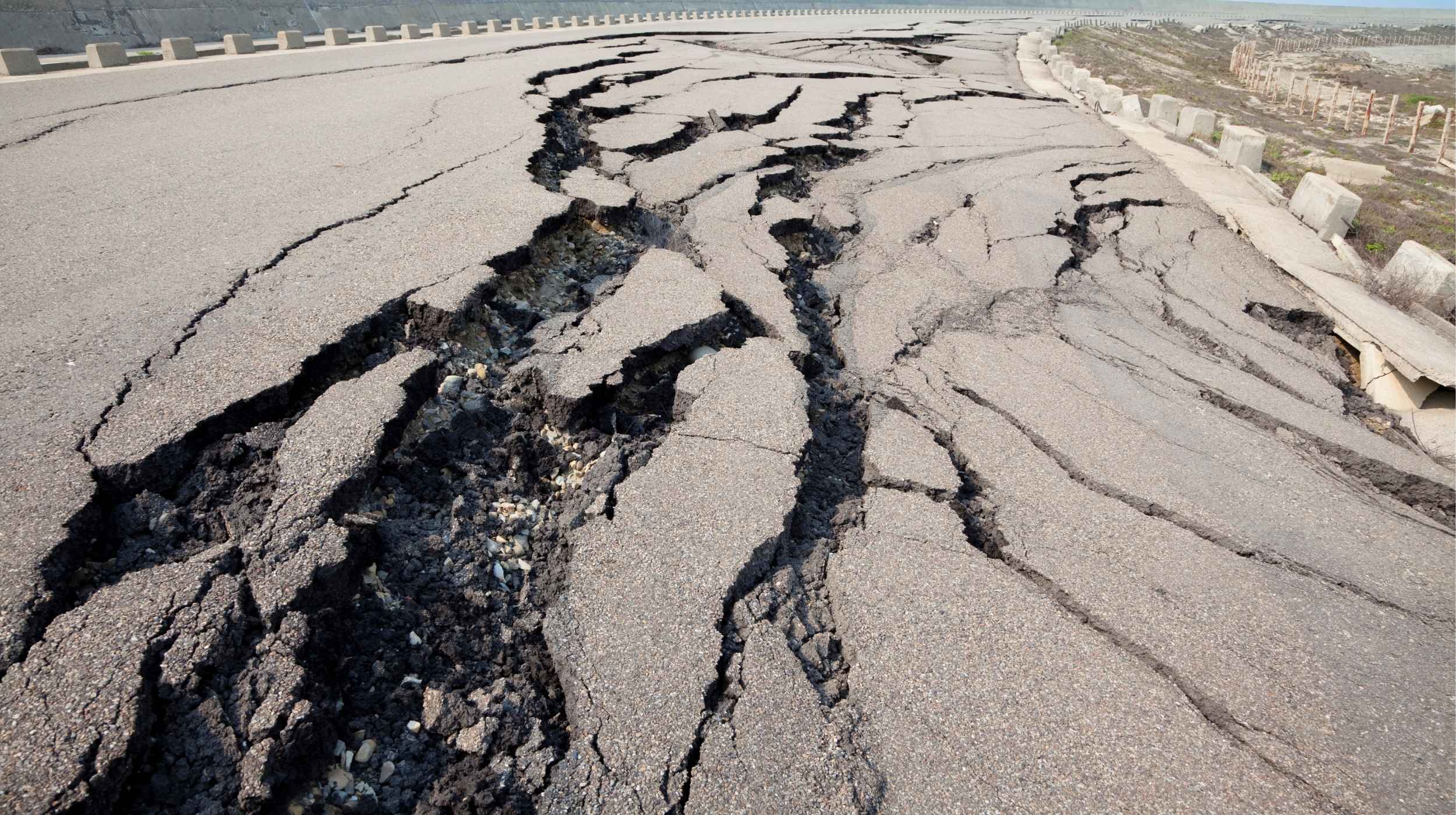Greenland's Hidden Lake Erupts: What This Means for Our Planet!
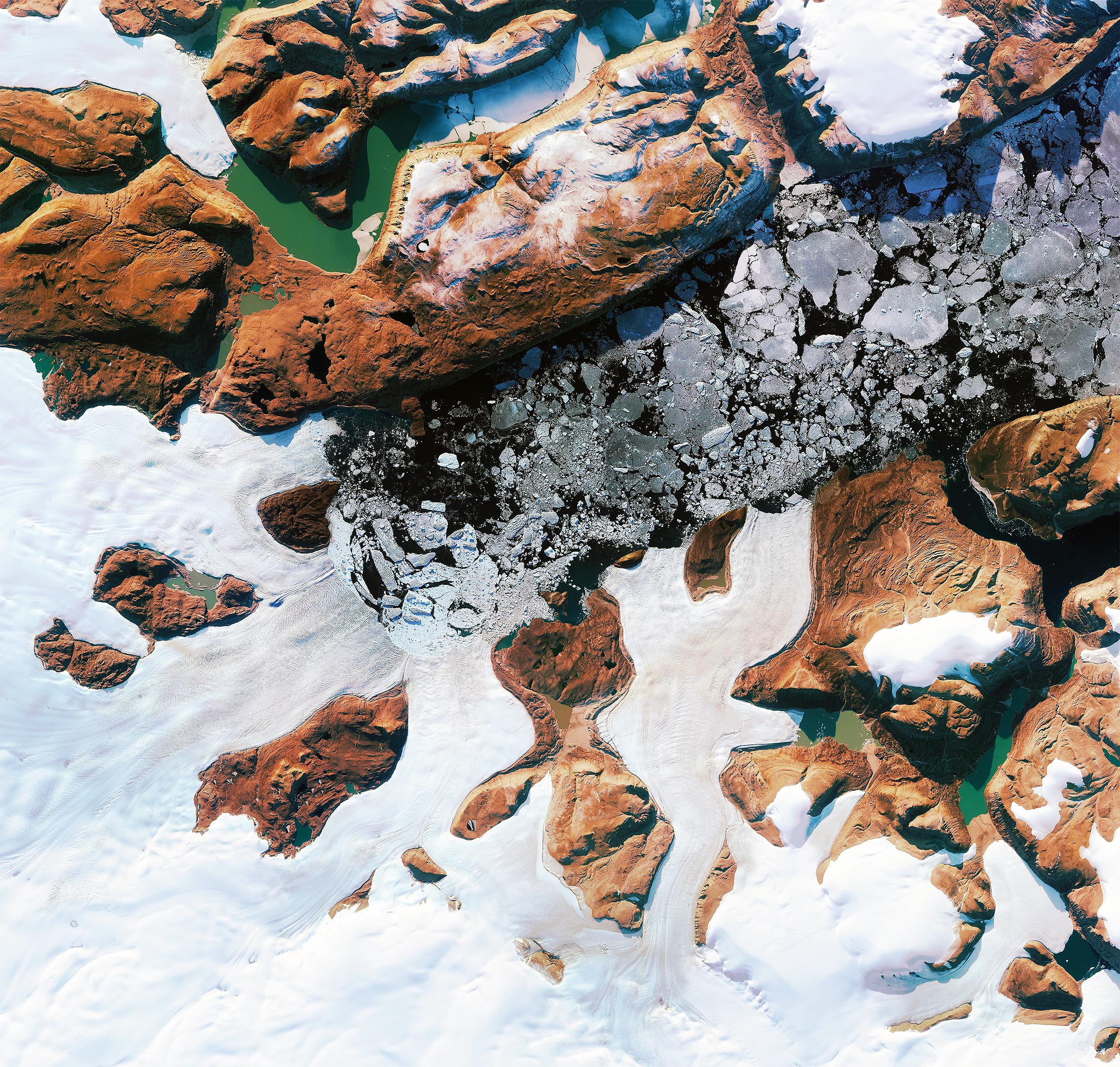
Imagine a lake so powerful that it can burst through a massive ice sheet, creating a crater deep enough to fit the Statue of Liberty! This isn’t a scene from a science fiction movie, but a startling reality that just unfolded beneath Greenland’s Harder Glacier.
In an extraordinary event, a hidden lake beneath the thick ice burst forth, releasing a staggering 23.8 billion gallons (90 million cubic meters) of water in just ten days. To put that in perspective, it's like Niagara Falls raging at full force nonstop for nine hours! This explosive release created a 270-foot (85-meter) deep crater, stretching across a vast area of 0.77 square miles (2 square kilometers) of ice. But this is just the tip of the iceberg—pun intended.
Understanding Ice Sheets – The Basics
The Greenland ice sheet is one of Earth's colossal structures, second only to Antarctica. Covering about 80% of Greenland's surface, it holds enough frozen water to raise global sea levels by about 23 feet (7 meters) if it were to melt entirely. However, what’s truly alarming is how quickly it is melting. Warmer ocean currents are eroding it from below, while rising air temperatures are accelerating the thaw from above.
In recent decades, meltwater from Greenland has significantly contributed to rising sea levels, with rates more than doubling. This influx of freshwater into the North Atlantic disrupts crucial ocean circulation patterns, like the Atlantic Meridional Overturning Circulation (AMOC), which plays a vital role in regulating climates from the equator to Europe.
Greenland Ice Shattered After Lake Burst
As researchers investigated further downstream, they uncovered even more shocking revelations. What was once a smooth expanse of ice had transformed into a chaotic landscape resembling a war zone. Deep cracks marred the surface, with towering ice blocks, as high as a five-story building, having been ripped from their foundations. In total, the flood carved through an area of about 2.3 square miles—double the size of New York City’s Central Park!
Dr. Jade Bowling from Lancaster University, who spearheaded the study, was taken aback by the data. “When we first saw this, we thought there was an issue with our data. However, as we delved deeper into our analysis, it became clear that we were witnessing the aftermath of a massive flood escaping from beneath the ice,” she explained.
This groundbreaking research, published in Nature Geoscience, highlights just how little we understand about the complex, watery world hidden beneath Greenland’s icy exterior.
Water Surged Upward Through Solid Ice
Typically, scientists expect meltwater to trickle down to the bottom of the ice sheet, but this unprecedented flood flipped that notion on its head. The water surged upwards, smashing through the frozen layers and escaping in a way that defied all existing models.
Even more bizarre was the location; models predicted that the ice bed should have been solidly frozen. Yet, with the pressure building up, it cracked, creating an escape route for the water. “The existence of subglacial lakes beneath the Greenland Ice Sheet is a relatively recent discovery, and as our study shows, there’s still much we don't know about how these lakes evolve and impact the ice sheet system,” Dr. Bowling noted.
Monitoring Greenland Ice and Lake Bursts
To capture this extraordinary event, researchers relied on satellites, employing high-resolution 3D maps from the ArcticDEM project. Combining data from ESA’s CryoSat, Sentinel-1 and -2, and NASA’s ICESat-2 proved essential; without this satellite technology, the event may have gone undetected.
“This research showcases the unique value of long-term satellite measurements of Earth’s polar ice sheets, which would otherwise be impossible to monitor due to their vast size,” observed Professor Mal McMillan.
Greenland Lake and Climate Models
Climate models failed to foresee this event, as they did not account for frozen beds fracturing or water flowing upwards. As global temperatures continue to rise, surface melt rates are increasing, meaning more meltwater could accumulate beneath the ice, leading to more pressure, more cracks, and potentially more explosive floods.
“Given the control that subglacial hydrology has on the dynamics of the ice sheet, it is critical that we enhance our understanding of these hidden, poorly understood hydrological processes,” warned co-author Dr. Amber Leeson.
Global Effort Required
This discovery wasn’t the work of a single lab but a collaborative effort involving scientists from the U.K., Europe, and the U.S. The U.K. Natural Environment Research Council, ESA, and UKRI funded this paramount research.
“This discovery is remarkable, and we’re proud that our Science for Society 4D Greenland project has played a key role in making it possible,” commented ESA’s Diego Fernandez. He emphasized that understanding the Arctic’s hydrology is crucial for predicting how Greenland’s ice sheet will contribute to global sea-level rise amidst a warming climate.
Future Greenland Lake Bursts
The ice sheet isn’t merely melting; it’s breaking apart in ways we never anticipated. Meltwater isn’t always a calm trickle; it can violently erupt, reshaping our understanding of the dynamics at play.
This startling event in Greenland is a clarion call. We need to pay attention before it’s too late!
This study is now published in the journal Nature Geoscience.










